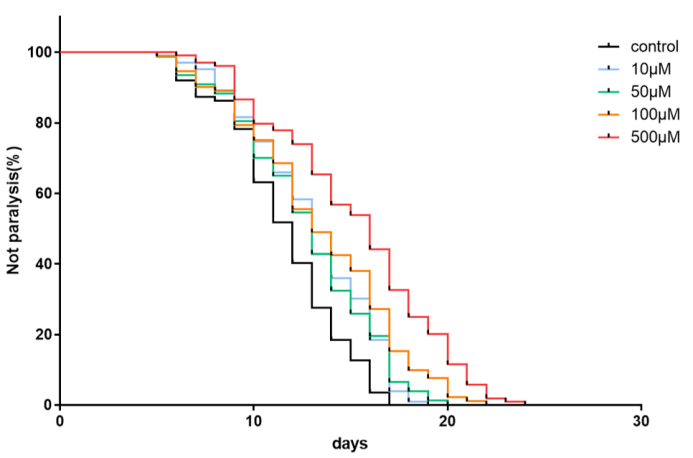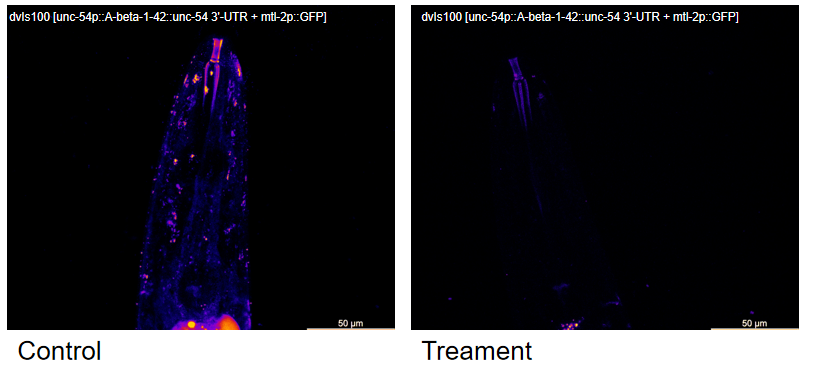Alzheimer's Disease (AD) is a progressively progressive neurodegenerative condition marked by cognitive dysfunction, memory decline, and significant neurological tissue degeneration, predominantly affecting individuals over 65. This disease is closely related to age factors, and its hallmark feature include extracellular beta-amyloid (Aβ) plaques and intracellular neurofibrillary tangles in the brain. Despite plenty of research having gone through decades of in-depth exploration, the underlying pathological molecular mechanisms behind AD are still not fully understood.
Caenorhabditis elegans for Alzheimer's research
Caenorhabditis elegans serves as effective model for AD research due to its
· Transparent body for easy operation and observation
· Clear neuronal position and synaptic connection mapping
· Homologous AD-related genes, including apl-1 (APP homologous gene ) , ptl-1 ( tau homologous gene ) , self-12 and hop-1 (presenilin homologous gene)
These features make C. elegans ideal for studying for Alzheimer's disease mechanisms and drug screening.
Our Services
The following content is related to the analysis of the Caenorhabditis elegans Aβ model, including but not limited to:
ØC. elegans Paralysis Assay

Figure 1 Paralysis rate of Caenorhabditis elegans after a drug treatment of AD model
ØAβ Protein Deposition Analysis

Figure 2 Aβ protein deposition in AD model after treatment with a certain drug
Related Services
Additional services, such as APP and Tau model analyses, etc. are available upon request. Contact us for tailored research solutions.


